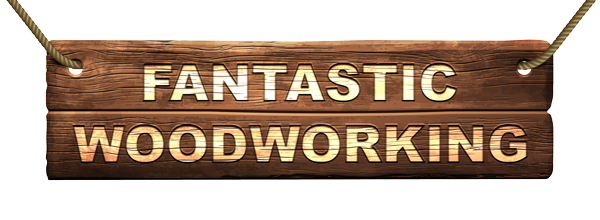Chris sounds as if he's on a steep learning curve with his scroll saw.
Hi Steve,
Got the computer for my 60th and the scroll saw for my 61st (Oct). Can't manage either but think the computer might be easier. Keep breaking blades and can't cut a straight line, practice, practice, practice. Have ordered a few books from library so that will help.
Your work is fantastic.
Regards
Chris
I suspect he's using the wrong blades. These are the blades I've tried.
An assortment of blades that I've collected from around the workshop.
As you can see, blades ain't blades. A few things to look for.
- Pinned Blades. Some scroll saws require pinned blades. As the blade on the left. I think it's just cheaper saws that use these pinned blades. I don't know of any of the better models that use anything but plain blades. What I do know is that there is a much greater range of plain blades. I think it's possible to adapt saws that normally take pinned blades to take plain blades.
- Regular and Skip Tooth. The pinned blade shown above has regular teeth. The top right blade is skip toothed. It has every other tooth missing. This makes for a larger throat between the blades which allows the waste material to escape more easily. Skip tooth blades don't clog up and therefore cut better. In my humble opinion. Something you should test for yourself using your timber.
- Tooth Size. Size is everything. Teeth size range from the smallest, 00, up to size 12, the biggest. I'm guessing the pinned blade above is a number 12. The packet doesn't say. Cheap blades. The next one up, it's really hard to see the teeth, are skip tooth number 00. The third one up is a No. 12 crown tooth and the top blade is a No. 9 skip tooth.
- 00 Size Teeth. I have to feel which way the teeth point on these blades because they are so small I can't easily see them. I don't know how many teeth per inch but it will be a lot. I use these blades occasionally for cutting veneers. The veneers I use are about 0.6mm thick. Approx 3/128". I think! Anyway pretty thin. Ideally you need a few teeth per the thickness of the material if that makes sense. Try cutting veneer with No.12 blades and you get a lot of tearing. Very messy, don't even think about it.
- No. 9 Teeth. My favoured size for cutting 20mm (¾") thick timber which is what I mainly use for intarsia. If you use too small a tooth for the thicker timbers you will be wandering off all over the place and breaking blades. This is probably Chris's problem.
- Crown Teeth. As you can see in the image above the second blade down from the top has paired teeth. One side pointing down and one side pointing up so it doesn't matter which way you put the blade in the saw. And when it gets blunt you can turn it upside down and get a fresh set of teeth to use. Sounds wonderful but I've tried them and don't use them. Skip tooth are better.
- Reverse Teeth. If you look closely at the top blade you will see the first 6 teeth from the end point the opposite way to the rest of the teeth on the blade. So when you put it in your saw these bottom 6 teeth face up while the rest of the teeth face down. (Scroll saws cut on the down stroke.) But these blades with the reverse teeth cut the bottom of your wood in an upward direction giving a much cleaner cut on the bottom surface of your piece of wood.
- Cutting Veneer - Olson - Skip Tooth - No. 2/0
-
Cutting 20mm (¾") Intarsia Timbers - Olson PGT - Skip Reverse Tooth - No. 9RG (Olson 459R)
Outside of Australia just Google for your local supplier.
I haven't tried every blade in the world and there may well be better alternatives. If you know of any please feel free to post a comment below.
